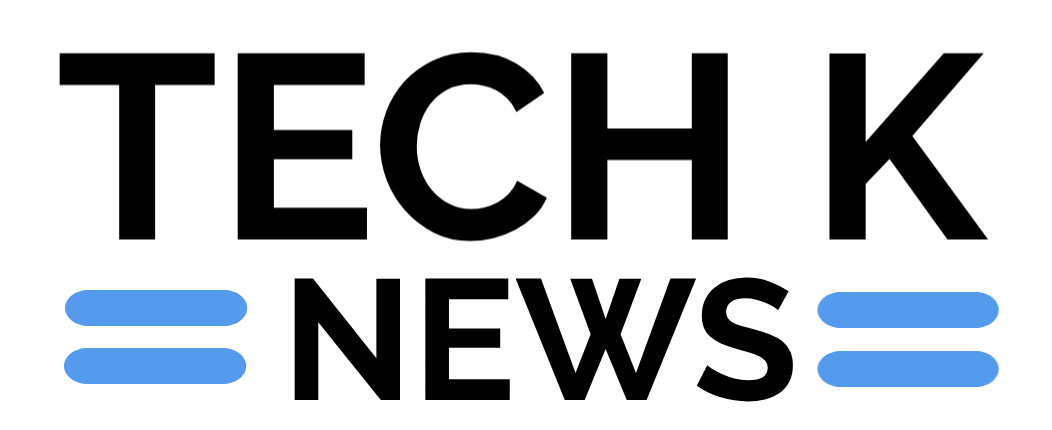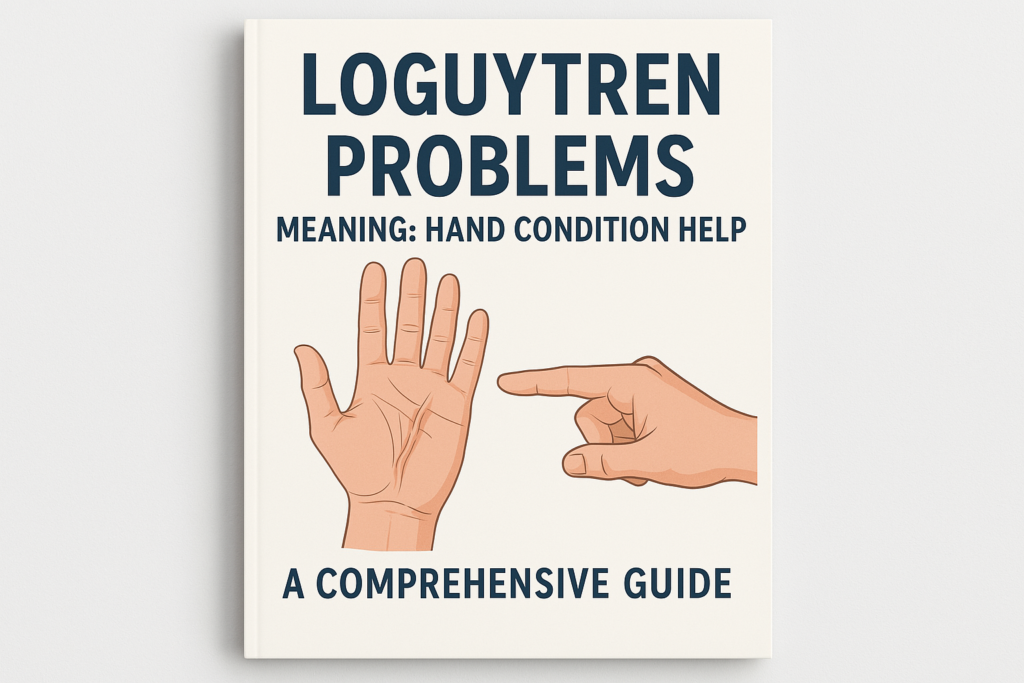Introduction
The term “Loguytren problems” is a common misspelling that refers to Dupuytren’s contracture, a progressive hand disorder affecting the connective tissues of the palm and fingers. Characterized by the formation of thickened cords and nodules under the skin, this condition can lead to permanent finger flexion, severely impairing hand function. This article delves into every aspect of Dupuytren’s contracture, from its historical origins and anatomical mechanisms to cutting-edge treatments and lifestyle adaptations. Designed for patients, caregivers, and healthcare providers, this guide offers a 3,500-word exploration of the condition, blending medical expertise with practical advice to empower those affected by “Loguytren problems.”
What Are “Loguytren Problems”? Unraveling the Misspelling and the Condition
The term “Loguytren problems” likely stems from a phonetic misinterpretation of Dupuytren’s contracture, named after the 19th-century French surgeon Baron Guillaume Dupuytren. This condition involves the palmar fascia, a layer of fibrous tissue beneath the skin of the palm. Over time, genetic and environmental triggers cause this tissue to thicken and contract, forming rigid cords that pull the fingers—typically the ring and pinky—into a bent position.
Why the Misspelling Matters in Healthcare Accessibility
Misspellings like “Loguytren” highlight barriers to medical literacy. Patients searching for symptoms such as “hard lumps in palm” or “fingers stuck bent” may inadvertently use incorrect terms, delaying diagnosis. Search engines often autocorrect these queries, but awareness campaigns and SEO-optimized content bridging typos and accurate terminology are critical for early intervention.
Dupuytren’s Contracture: The Anatomy and Progression of the Disease
To understand “Loguytren problems,” one must examine the palmar aponeurosis, a fan-shaped connective tissue structure that stabilizes the palm during gripping motions. In Dupuytren’s, fibroblasts—cells responsible for collagen production—become overactive, leading to abnormal collagen deposits. This process unfolds in three stages:
- Proliferative Stage: Nodules form as fibroblasts multiply, creating firm lumps under the skin. These are often painless but may cause mild tenderness.
- Involutional Stage: Collagen reorganizes into cords that extend from the palm to the fingers. The skin may pucker or dimple as these cords tighten.
- Residual Stage: Fingers become permanently flexed, with contractures exceeding 30–40 degrees. Daily tasks like washing hands or holding utensils grow challenging.
Genetic and Epidemiological Factors
Dupuytren’s is dubbed the “Viking disease” due to its prevalence in Northern Europe. Studies reveal a strong hereditary link: 60–70% of patients report a family history. Men over 50 are disproportionately affected, with comorbidities like diabetes, epilepsy, and liver disease amplifying risk.
Symptoms of Dupuytren’s Contracture: Beyond “Loguytren Problems”
Early symptoms are subtle but worsen over years. Key indicators include:
- Palmar Nodules: These pea-sized lumps, often mistaken for calluses, are the first sign. They may feel tender initially but typically become painless.
- Cord Formation: Rope-like structures beneath the skin extend from the palm to the fingers, causing visible skin dimpling.
- Flexion Contractures: Gradual inability to straighten fingers, particularly after periods of inactivity (e.g., mornings).
- Functional Limitations: Difficulty shaking hands, typing, or placing the palm flat on a table (positive “tabletop test”).
Psychological and Social Impact
Beyond physical discomfort, Dupuytren’s can erode self-esteem. Patients may avoid social interactions due to embarrassment over hand deformities, while occupational challenges arise for those in manual labor or fine-motor professions.
Root Causes and Risk Factors: Why “Loguytren Problems” Develop
The exact etiology remains elusive, but research points to a mix of genetic, metabolic, and environmental factors:
- Genetic Mutations: Variants in the SAMD4A and EPDR1 genes disrupt collagen regulation.
- Microtrauma: Repetitive hand strain (e.g., heavy machinery use) may trigger fibroblast activity.
- Lifestyle Factors: Smoking and excessive alcohol consumption correlate with advanced disease, likely due to oxidative stress.
- Comorbidities: Diabetes mellitus (50% increased risk) and hyperlipidemia are closely linked.
The Role of Inflammatory Pathways
Emerging research implicates cytokines like TGF-β (transforming growth factor-beta) in promoting fibrosis. Anti-inflammatory diets and medications targeting these pathways are under investigation.
Diagnosing Dupuytren’s Contracture: From Clinical Exams to Advanced Imaging
Diagnosis relies on a thorough clinical evaluation:
- Physical Examination: A hand specialist assesses nodules, cords, and finger range of motion. The Hueston Tabletop Test—inability to flatten the palm on a surface—is a hallmark sign.
- Patient History: Family history, occupation, and lifestyle habits (e.g., smoking) are documented.
- Imaging: While rarely needed, ultrasound or MRI visualizes cord structure and rules out tumors or arthritis.
Differential Diagnoses
Conditions like trigger finger, camptodactyly, or Ledderhose disease (plantar fibromatosis) must be excluded.
Non-Surgical Management: Slowing Early-Stage “Loguytren Problems”
Early intervention can delay progression:
- Collagenase Injections (Xiaflex®):
- Mechanism: Injectable enzymes (collagenase clostridium histolyticum) dissolve collagen cords.
- Procedure: Administered in-clinic, followed by finger manipulation 24–48 hours later.
- Efficacy: 60–70% correction in mild-moderate cases, with recurrence in 30% within 3 years.
- Needle Aponeurotomy (Percutaneous Fasciotomy):
- Technique: A needle punctures and divides cords under local anesthesia.
- Pros: Minimal scarring, quick recovery (1–2 days).
- Cons: Higher recurrence rates (50% at 5 years).
- Radiation Therapy:
- Low-dose radiation (typically 30 Gy) targets proliferating fibroblasts in early stages.
- Studies show 80% stabilization of disease over 10 years.
- Orthotic Devices:
- Custom splints worn nightly maintain finger extension and prevent contracture progression.
Surgical Interventions for Advanced Dupuytren’s Contracture
When non-surgical methods fail, surgery becomes necessary:
- Limited Fasciectomy:
- Procedure: Removal of diseased fascia through palm incisions.
- Recovery: 4–6 weeks of hand therapy; 70–80% success rate.
- Dermofasciectomy:
- For Recurrent Cases: Excision of skin and fascia, replaced with a full-thickness skin graft.
- Advantage: Reduces recurrence to <10%.
- Joint Fusion or Amputation:
- Reserved for severe, recurrent cases with vascular compromise.
Post-Surgical Rehabilitation
Hand therapy protocols include edema management, scar mobilization, and progressive strengthening exercises.
Integrative Approaches: Diet, Supplements, and Exercises
Complementary strategies enhance conventional treatment:
- Anti-Inflammatory Diet:
- Emphasize omega-3 fatty acids (salmon, walnuts), turmeric, and leafy greens.
- Avoid pro-inflammatory foods: refined sugars, trans fats, and alcohol.
- Hand Exercises:
- Towel Stretch: Place a towel on a table; scrunch and release it using fingertips.
- Finger Extensions: Gently pull affected fingers backward with the opposite hand, holding for 30 seconds.
- Topical Therapies:
- Vitamin E oil or dimethyl sulfoxide (DMSO) may soften nodules.
Prevention Strategies: Mitigating the Risk of “Loguytren Problems”
While genetics play a role, modifiable risks can be addressed:
- Smoking Cessation: Nicotine constricts blood vessels, impairing tissue repair.
- Diabetes Management: Tight glycemic control reduces advanced glycation end-products (AGEs) that stiffen fascia.
- Ergonomic Adjustments: Use padded gloves during repetitive tasks to minimize microtrauma.
Living with Dupuytren’s Contracture: Adaptive Tools and Emotional Support
- Assistive Devices: Jar openers, ergonomic utensils, and voice-activated tech aid daily tasks.
- Support Networks: Organizations like the Dupuytren Research Group offer resources and community forums.
Conclusion: Navigating “Loguytren Problems” with Knowledge and Hope
Dupuytren’s contracture, often misspelled as “Loguytren problems,” is a complex but manageable condition. Advances in minimally invasive treatments and a deeper understanding of its genetic underpinnings offer hope for those affected. By combining medical care with lifestyle adjustments, patients can reclaim hand function and quality of life. If you suspect Dupuytren’s, consult a hand surgeon promptly—early action is the key to preserving mobility.


